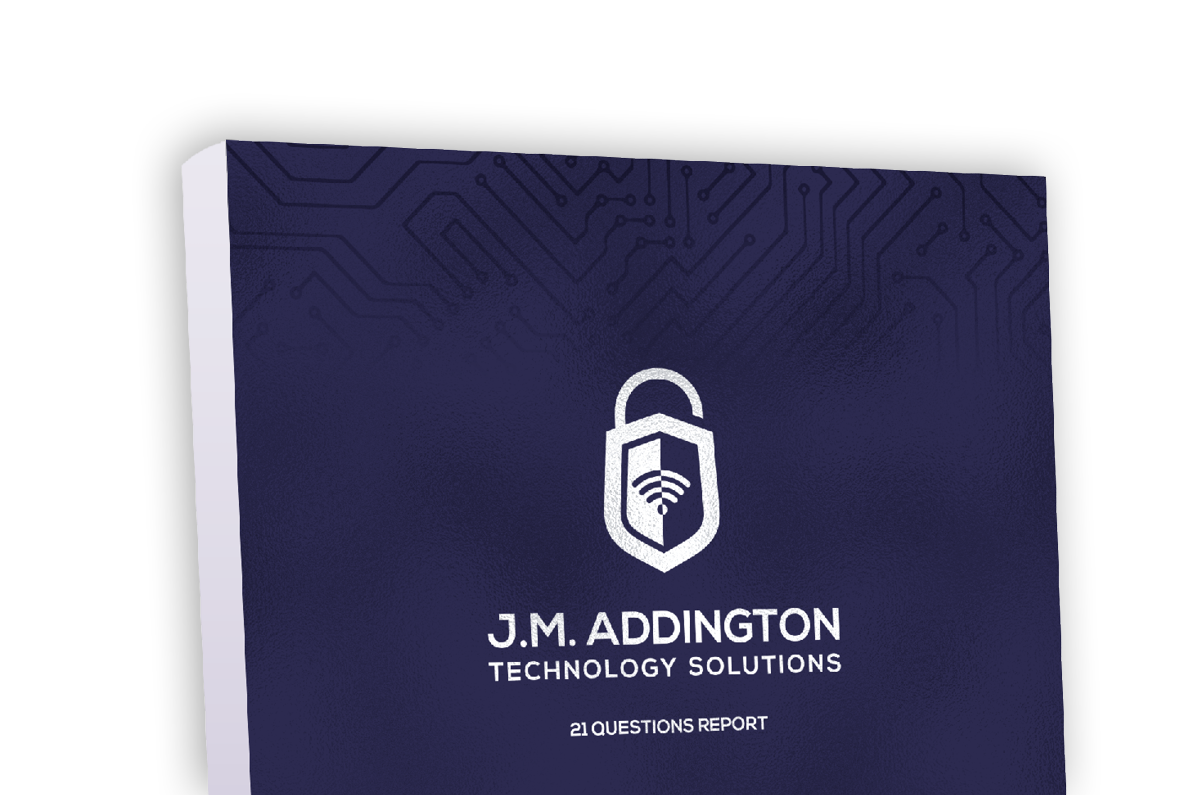The COVID-19 pandemic has transformed our world, shaping new norms like sanitizing, social distancing, and remote work. Alongside these changes, it has driven a shift in how we confront cyberthreats. In 2021, the FBI’s Internet Crime Complaint Center recorded 847,376 complaints from Americans, marking a 7% increase from 2020, with potential losses exceeding $6.9 billion.
As remote work becomes a permanent fixture, the surge in cyberattacks is expected to persist. Additionally, advancements in business technologies attract more cybercriminals, amplifying the risk to business data. In response, building cyber resiliency becomes crucial for safeguarding against unforeseen attacks.
Remote Work and Cybersecurity
Cybersecurity has always been a challenge for businesses holding sensitive data. The sudden shift to remote work amplifies this challenge, exposing security vulnerabilities in remote networks and increasing the risk of human errors.
A recent study revealed that nearly 20% of organizations attributed their data breaches to remote work, costing companies an average of $4.96 million, 15% more than the standard breach. Moreover, detecting breaches early remains a significant issue, with an average detection time of 212 days and 75 days to contain one in 2021. Is your cybersecurity posture strong enough to withstand potential attacks?
Recognizing Threats
Cyberthreats manifest in various forms, from spyware monitoring network transactions to ransomware attacks encrypting critical data. Understanding the risks surrounding your IT infrastructure is crucial for devising a resilient cybersecurity strategy.
Common Cyberthreats:
- Phishing scams: Emails exploiting COVID-19 communications lure users into clicking malicious links, posing a significant threat.
- Ransomware: Targeted attacks holding critical data for ransom surged by 92.7% in 2021 compared to 2020.
- Cloud jacking: With the cloud’s rise, injecting malicious code into third-party cloud libraries or platforms presents serious risks.
- Man-in-the-middle attack: Hackers intercept transactions on public networks, stealing data.
- Distributed denial-of-service attack (DDoS): Manipulating web traffic to overwhelm systems and disrupt legitimate tasks.
Protecting Your Business
Every organization, regardless of size, must prioritize security readiness. Having an action plan and a trusted Managed Service Provider (MSP) for continuous monitoring are essential. Investing in cybersecurity solutions and implementing best practices like multi-factor authentication and firewall protection is crucial to mitigate risks.
If navigating cybersecurity seems daunting, explore our checklist to assess network vulnerabilities and secure your data effectively.

Download our Report!
Get your copy of What Every Business Owner Must Know About Hiring an Honest, Competent, Responsive, and Fairly-Priced Computer Consultant.
